When it comes to ensuring the longevity and usability of your clay, understanding the best way to store clay is essential. Whether you’re a seasoned sculptor or a beginner in pottery, proper storage techniques can significantly impact the quality and consistency of your clay over time. By maintaining the right conditions, you can prevent your clay from drying out or becoming unusable, saving both time and resources when you’re ready to dive into your next creative project.
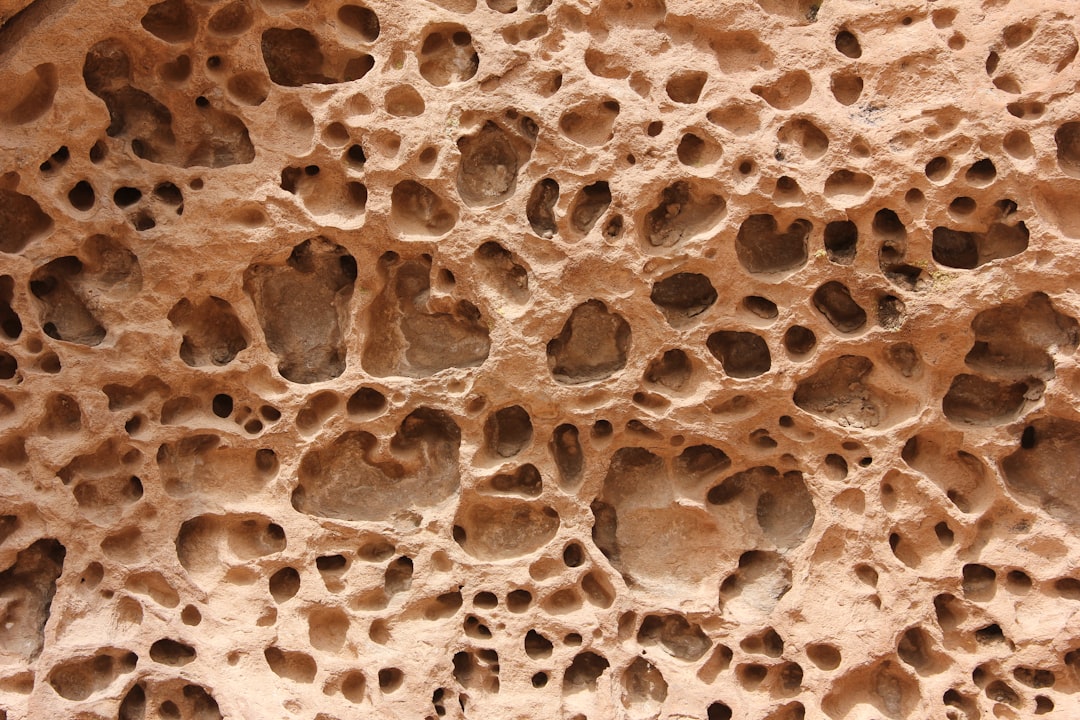
| Storage Method | Pros | Cons |
|---|---|---|
| Airtight Plastic Bags | Keeps clay moist and pliable; easy to store | Can tear or puncture, risking drying out |
| Plastic Containers with Lids | Durable, stackable, and prevents air exposure | May take up more storage space |
| Damp Cloth or Towel Wrap | Retains moisture effectively; cost-effective | Requires regular re-wetting to maintain moisture |
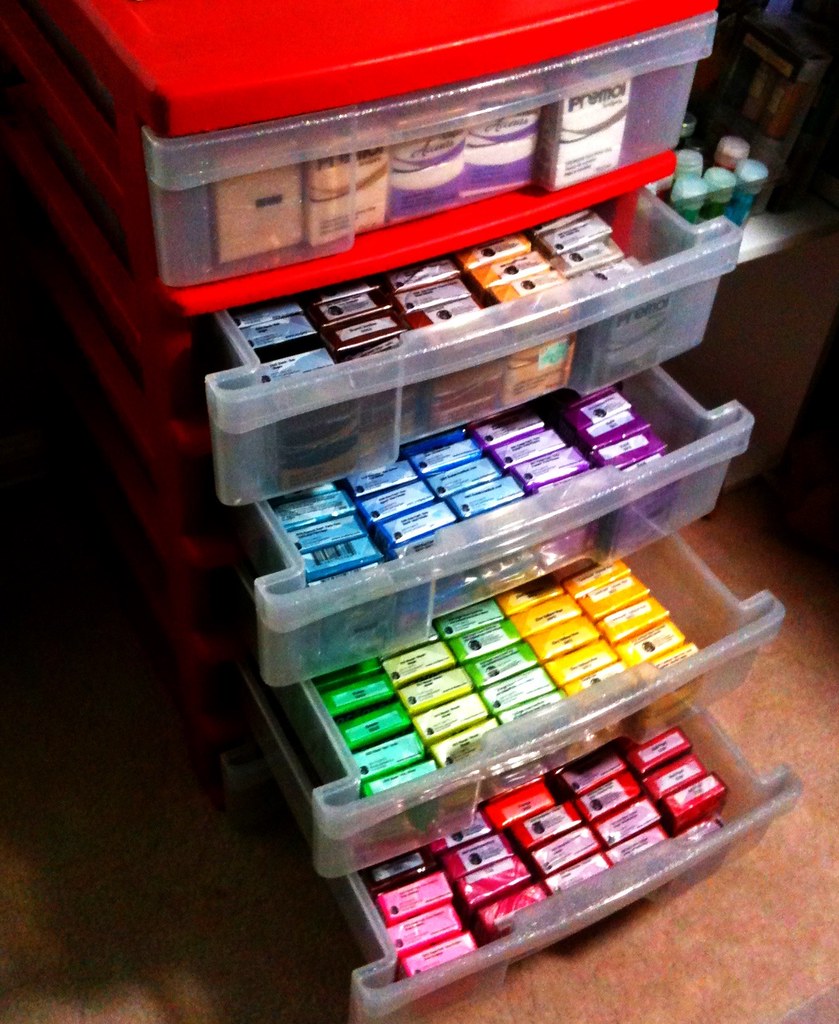
Choosing the Right Storage Method for Your Clay
Finding the right home for your clay can feel like a never-ending quest, especially when considering the various options like plastic bags, containers, or even a simple damp cloth. Each method brings its own set of pros and cons, but picking the right one depends on your specific needs and how often you work with clay.
Airtight plastic bags are certainly a popular choice among many clay enthusiasts. They are convenient and do a decent job of keeping your clay moist. However, they can be as delicate as a soap bubble; one little tear, and you’re left with a cracked mess instead of a malleable masterpiece. For those who prefer a more robust solution, plastic containers with lids provide a bit more protection. Yes, they might hog a little extra space on your shelves, but their durability and stackability can often make up for that.
Meanwhile, the unassuming damp cloth wrap is perfect for the minimalist at heart. It’s perfect if you’re willing to give it a little TLC now and then by re-moistening the material regularly to keep your clay from drying out. This method is kind on your wallet and can effectively keep your clay workable if you are diligent.
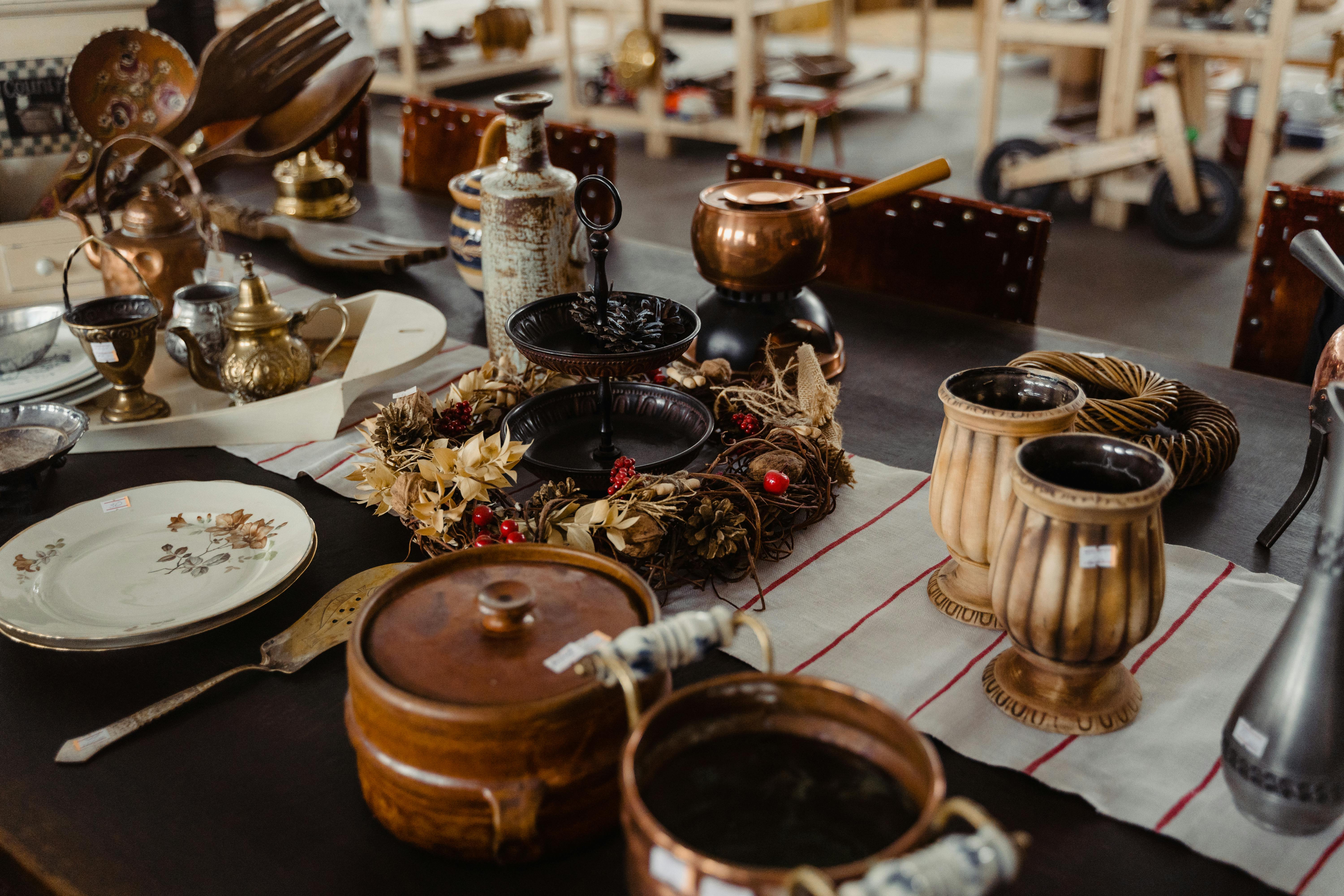
Environmental Factors That Affect Clay Storage
It’s not just about where or how you store your clay, but also the environment that it resides in. Temperature, humidity, and even exposure to air can play havoc with your precious block of creativity. Imagine storing your clay in a sunlit, warm room; this scenario might accelerate the drying process faster than you can say “sculptor’s remorse.”
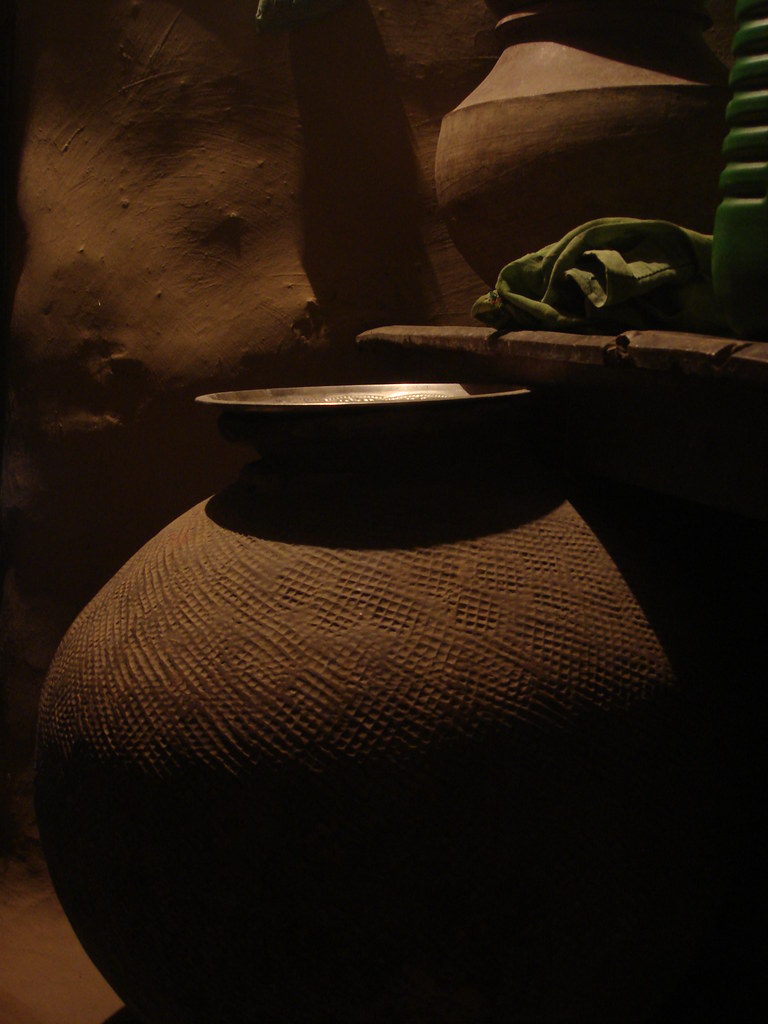
To preserve the quality of your clay, consider these factors:
- Temperature: Store your clay in a cool, stable environment, away from direct sunlight.
- Humidity: Maintain a moderate level of humidity. Too dry, and your clay might crack; too humid, and it could turn into a sticky mess.
- Air Exposure: Minimize exposure to air whenever possible to keep the clay moist.
By managing these environmental aspects, you’ll help ensure your clay remains as soft and perfect as the day you bought it.
Creative Tips for Long-Term Clay Storage
For those who plan for the long haul, storing clay isn’t just about keeping it wet; it’s about preserving its quality over time. One tried-and-true technique is to double-bag your clay in those aforementioned plastic bags, securing them with a tight seal to provide an extra layer of moisture protection. You can find essential clay tips to help in maintaining your clay’s condition during winter.

For the prolific potter, creating a designated clay storage area in your studio can streamline your artistic process. Consider using a dedicated shelf or cabinet, lined with moisture-friendly materials, to organize your clay storage containers or cloth-wrapped bundles efficiently. Adding labels can help quickly identify different clay types and batches, saving time when inspiration strikes.
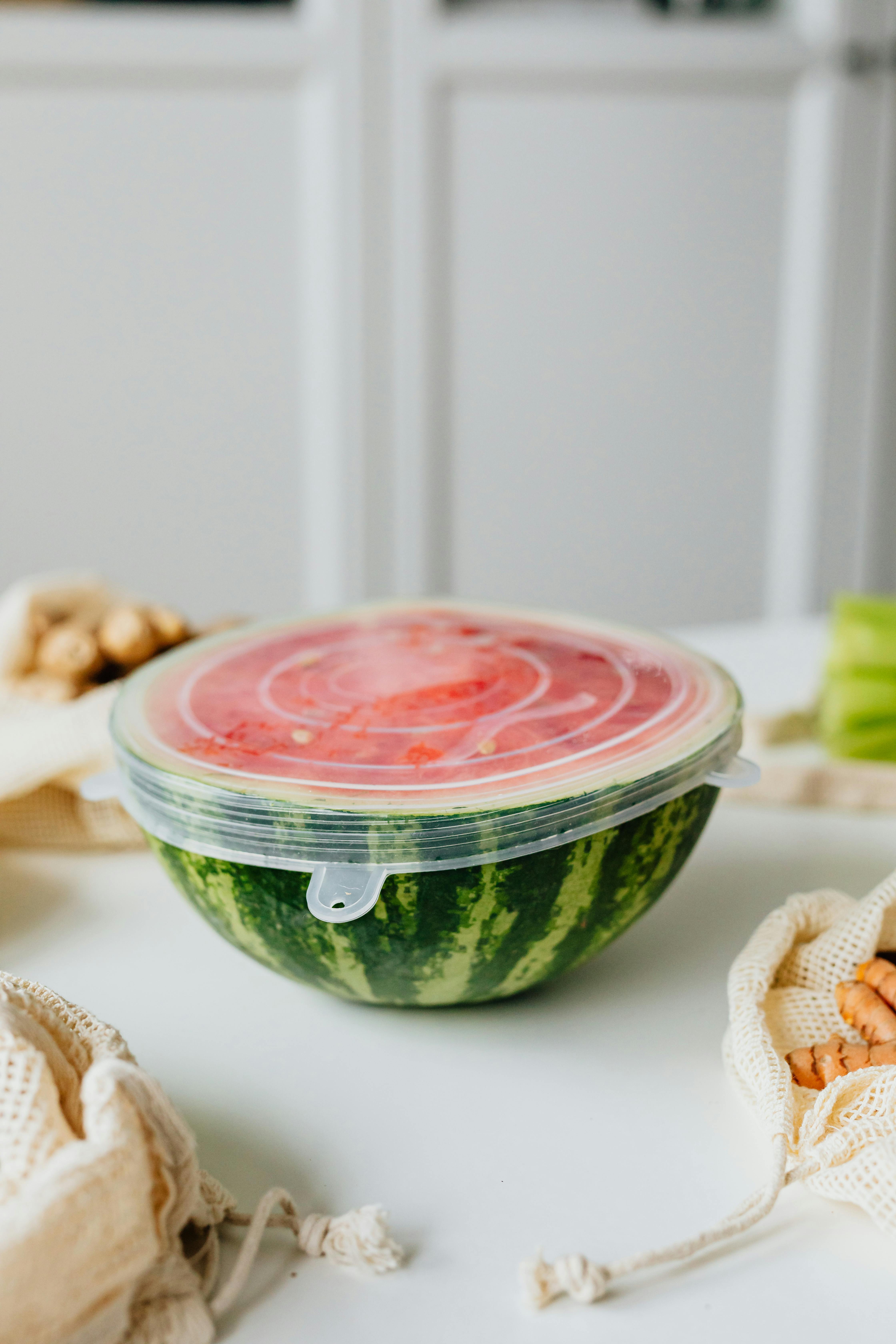
Struggling with storage could affect your creative output. Luckily, there is a solution for everyone. Discover the clay storage solution you’ve been waiting for.
The journey of clay storage can be as creative as the pieces you craft. Do you have a favorite method or quirky trick to keep your clay fresh? Share your tips and join the conversation below! If you’re interested in exploring various creative resources, check out these amazing clay resources that can further enhance your artistic endeavors. In addition, consider these suggestions to never stress during clay creation.

For more recent articles and updates, visit our blog.
The BEST Clay Storage Trick – How To Store Clay
When it comes to ensuring the longevity and usability of your clay, understanding the best way to store clay is essential. Whether you’re a seasoned sculptor or a beginner in pottery, proper storage techniques can significantly impact the quality and usability of your materials. For a practical demonstration of an effective clay storage method, check out Ceramic Jim’s video, “The BEST Clay Storage Trick – How To Store Clay,” where he showcases a simple one-bag technique that can be easily implemented in your studio.
By following these storage tips, you can ensure that your clay remains fresh and ready for your next creative project. Proper storage not only preserves the quality of your clay but also saves you time and resources in the long run. Happy crafting!
Stay Connected and Inspired
I’d love to see your clay storage setups and hear about your experiences! Feel free to share your creations and connect with our community on Instagram. Let’s keep the creative energy flowing together.
